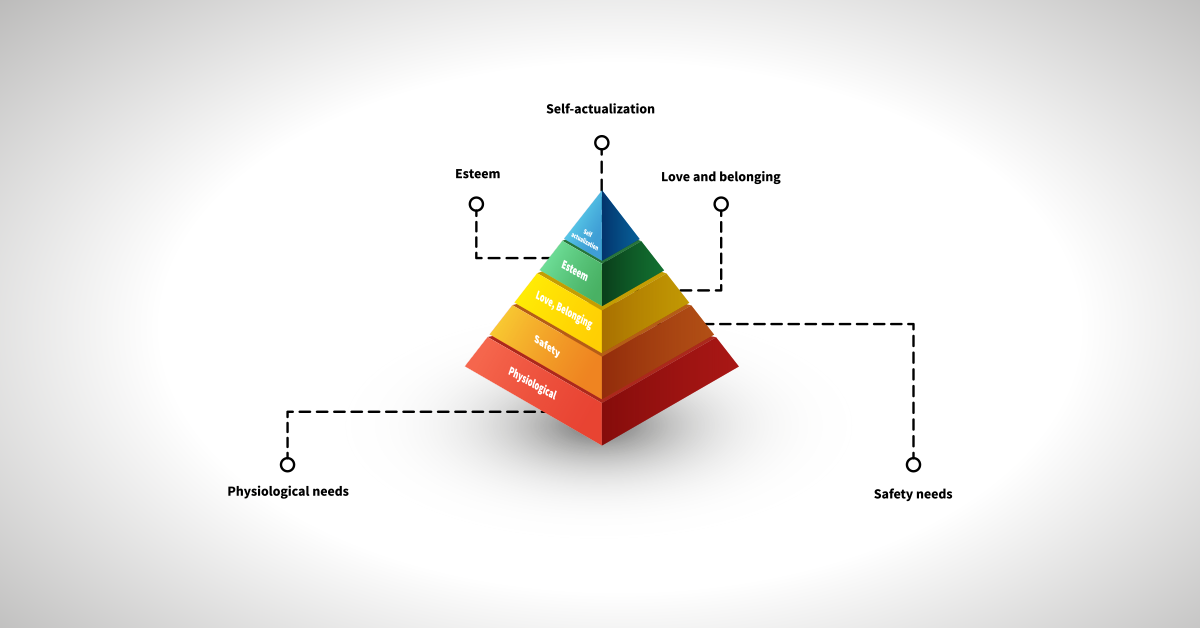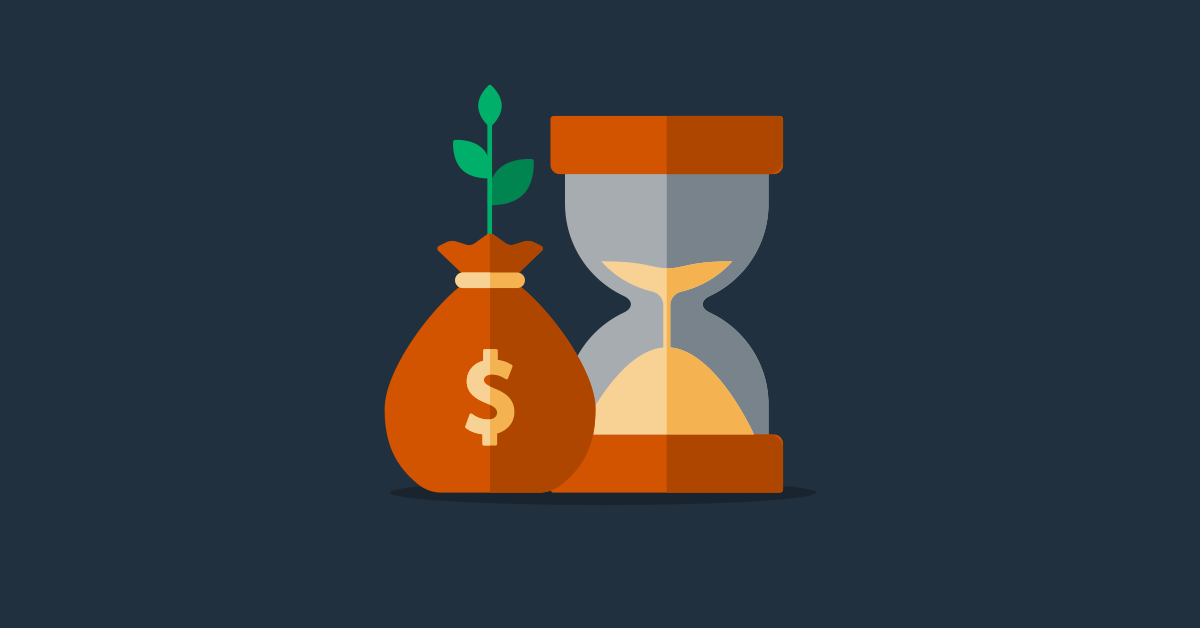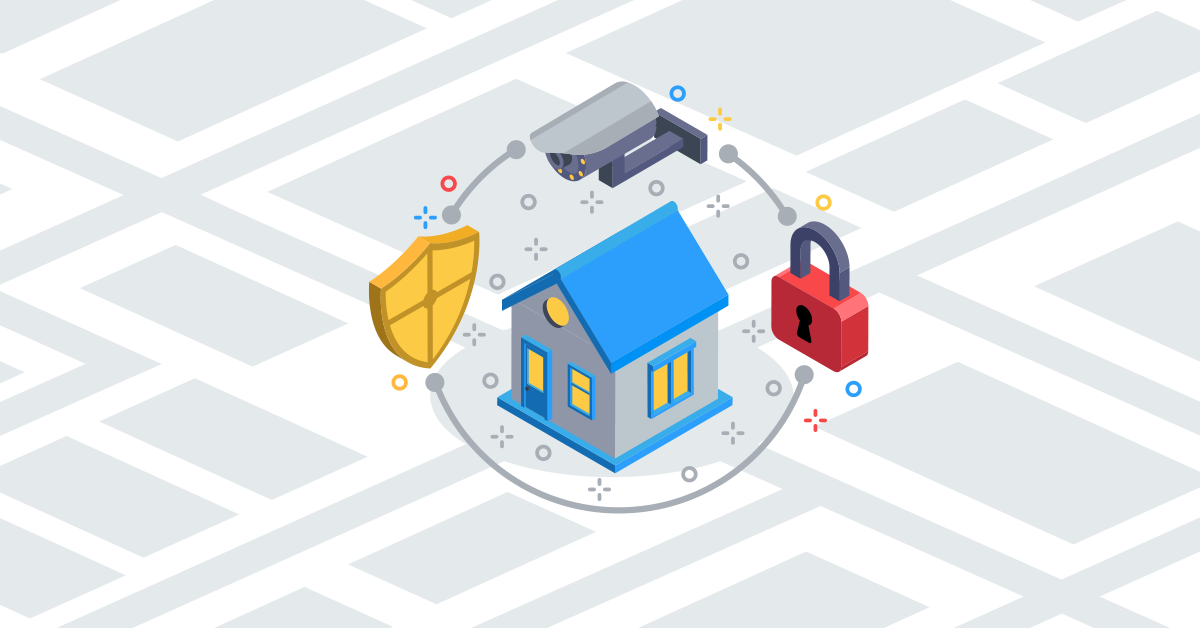The first step when starting any online business is to choose a niche.
It doesn’t matter what that business is. It could be in digital publishing, affiliate marketing, eCommerce, or coaching and consulting. Knowing what niche to target is critical…
…because the choice of a niche can make or break a business. It’s as simple as that.
Every niche is different. Some niches are more profitable than others.
Choosing the right niche can make a business wildly successful. Choosing the wrong niche can drive a business into the ground.
But how to choose the right niche?
The key to selecting the right niche is having a solid understanding of what niches really are…
Niches Are Really Needs
Each niche reflects a set of needs—the basic needs that every human being has.
In 1943, Abraham Maslow proposed what we know today as Maslow’s Hierarchy of Needs. His theory was that every human being in the world has the same basic needs and these needs can be divided into five categories:
- Physiological: Food, water, breathing, sleeping
- Safety: Employment, a home to live in, security for the family, social stability
- Love/Belonging: family, friendship, intimacy, a sense of connection with others
- Esteem: Achievement, respect from others, confidence
- Self-Actualization: Creativity, spontaneity, morality, acceptance
Maslow proposed that each of these needs has to be fulfilled in order to “move up the ladder.” For instance, people must have enough food and water and get enough sleep to be able to consider their safety needs. This makes sense. After all, a person would risk their safety in order to get the food or water they need to survive.
Most people in the developed world have achieved the physiological and even safety needs. However, it doesn’t really matter where people are on Maslow’s Hierarchy. The requirement to fill these needs translates into problems.
Niche markets exist to solve these problems!
With that in mind, here is how to choose a winning niche…
Choosing a Winning Niche – The 5-Step Checklist
There are certain criteria that combine to create a winning niche. All it takes is five steps. These five steps ensure each of the following is ideal for a niche:
- Digital Friendly
- Competition
- Size of Audience
- Popularity in Search
- Long-Term Potential
Let’s take a look at each of these steps in greater detail.
1. Digital Friendly
The niche must support digital products. This will provide the best chance of profitability. A digital-friendly niche means it can support products that can be sold online, bought online, and downloaded or streamed directly to the customer’s computer or mobile device.
The good thing is that digital products can be created in any niche. It doesn’t matter what niche it is—whether it’s fitness, finance, or survivalism—there is information about these niches that people want to know. Digital-friendly products include:
- Books
- Reports
- Online courses
- Video courses
- Webinars
- And more…
2. Competition
It might be tempting to choose a niche in which there is little to no competition. However, this is NOT actually best for business.
Competition is a good thing! It means that a lot of people are spending money in that niche.
The more competition there is, the more:
- Good affiliates there will be who know how to create and promote an offer
- Affiliate offers there will be to promote
- Information there will be on how to promote those offers
- People will be looking for those offers
Some competition will warm the niche up for a really great offer. It is best to take advantage of this.
3. Size of Audience
Every niche has an audience—the people who are interested in the niche. The bigger and more active the audience, the better the niche.
It’s like the brick and mortar store. The best locations for these stores were in areas of high traffic. The rents in these areas cost more because there was a larger “audience.” It was more likely these locations would attract more customers.
For an online business, a good niche is like a good location. It is where people tend to pass by, take an interest, and gather.
One of the best ways to find information on an audience is to use Facebook Audience Insights. Facebook Audience Insights provides a detailed breakdown of information based on:
- Facebook data gathered from the information provided by Facebook users
- Third-party data gathered from sources reporting on things such as purchasing habits and household income
To use Facebook Audience Insights, simply choose the desired audience and select the segment’s parameters. The results will be broken down as follows:
- Demographics
- Page Likes
- Location
- Activity
- Household
- Purchase
This audience information is invaluable when selecting a niche. The better the results, the better the niche.
4. Popularity in Search
The best niches will be associated with popular keywords. Keywords are the words or phrases that people type into the search engines. Some keywords are more popular than others, even within a profitable niche.
For example, in the Fitness niche, popular keywords include:
- fitness
- my fitness plan
- fitness apps
- 24 hours fitness
These keywords generate close to or over a million searches every month. Others aren’t as popular and only generate less than 2,000 searches each month, such as:
- solitary fitness
- fitness incentive
- fitness solutions
- fitness log
Google Keyword Planner is the best way to determine how popular a keyword or search term is. It makes it possible to:
- Search for new keywords
- Combine multiple keyword lists
- View trends and search volumes
- Obtain performance forecasts
And keywords that are generated through Google Keyword Planner can be filtered to target by:
- Location
- Language
- Search Network
- Negative Keywords
- Average Monthly Searches
- Suggested Bid
- As Impression Share
- Organic Impression Share
- Organic Average Position
- Competition
5. Long-Term Potential
The best niches will be profitable over the long-term. In other words, there is no end in terms of the need it fulfills.
Think about it this way. Pregnancy is a high-need niche. When someone is having a baby, there is no greater concern for them. They want as much help and information as possible.
But pregnancy only lasts for nine months. Then it’s done.
The pregnancy niche has short-term potential.
But what about scaling pregnancy horizontally to encompass parenting in general?
In this way, all stages of childhood and parenting can be covered. Information products related to any stage would be valuable. And as a child grows, new problems and needs would arise.
The short-term niche of pregnancy can be turned into the broader, long-term niche of parenting.
And that means greater profitability.
Some niches inherently have long-term potential. With others, long-term potential can be created. With some, it might be very difficult to create long-term potential.
100 Niche Ideas
There are literally hundreds, perhaps thousands of potential niches out there. I’ve provided 5 unbeatable steps that will help anyone find the best niches to work with. But it’s always helpful to have a solid list of niche ideas from which to pull the very best, or even spark some more ideas.
Here are 100 ideas for niches. NOT ALL OF THESE NICHES ARE CREATED EQUAL.
Some are rock solid for just about any kind of business, while some work with some businesses but not with others.
However, this list should help spark some ideas!
Physiological
The niches in this category offer solutions for the most basic of Maslow’s needs—the physiological needs. These are the needs that literally keep the body alive and functioning in a healthy manner. They are the needs that keep us functioning from day-to-day.
1. Diabetes
2. Chronic Pain
3. Hemorrhoids
4. Headaches
5. Quit Smoking
6. Menopause
7. Anxiety
8. Stress Management
9. Addiction
Safety
The niches in this category correspond to Maslow’s second tier in the hierarchy—safety. They are all geared toward providing security. A home to live in. Protection in bad times. A way to earn enough money to provide for the family.
10. Survivalist
11. Making Money as A Writer
12. Selling Arts and Crafts
13. Ecommerce
14. Internet Marketing
15. Social Media Marketing
16. Mobile Marketing
17. Search Engine Optimization
18. Email Marketing
19. Digital Publishing
20. Blogging
21. FOREX
22. Investing in the Stock Market
23. Investing in Gold
24. Real Estate Investing
25. Business Opportunity
26. Day Trading
27. Sales
28. Copywriting
29. Cryptocurrency
30. Eco-Friendly
31. Alternative Energy
Love/Belonging
Now we move to the third tier of Maslow’s Hierarchy—Love and Belonging. The niches in this category help people find love, improve their relationships, and feel as though they belong to the greater community. This includes learning how to communicate with others.
32. Dating Advice for Men
33. Dating Advice for Women
34. Relationship Advice for Men
35. Relationship Advice for Women
36. Reignite Passion in Your Relationship
37. Get Your Ex Back
38. Make Friends
39. Divorce
40. Text Messaging for Dating
41. Weddings
42. Marriage
43. Online Dating
Esteem
Now we are in the Esteem category. People interested in this niche have their more basic physical needs met. They are looking to feel better about themselves. This means getting physically fit, losing weight, and looking their very best.
And yes, these niches are associated with physical attributes, because when we look good, we feel good about ourselves. But it also includes niches that help people change the way they think about themselves and their lives.
44. Weight Loss for Men
45. Weight Loss for Women
46. Bodybuilding
47. Beauty & Makeup
48. Hair Loss
49. Skin Care
50. NLP
51. Sexual Performance
52. Men’s Style
53. Women’s Style
54. Anti-Aging
Self-Actualization
The fifth and final category lines up with Maslow’s Self-Actualization needs. This is when people want to better themselves on a deeper level. When they want to go past themselves and help make a difference in the world.
There is a major psychological and mental aspect to these niches. They are intended to help a person move outside themselves and work with others and within the greater community. It also incorporates spiritual needs.
55. Health & Wellness
56. Fitness/Exercise
57. Dog Training
58. Parenting Advice
59. Meditation
60. Law of Attraction
61. Spirituality
62. Public Speaking
63. Time Management
64. Hypnosis
65. Reiki
66. EFT
67. Binaural Beats
68. Breaking Bad Habits
69. Decluttering/Organization
70. Productivity
71. Memory Improvement
72. Test Preparation
73. Paleo Diet/Lifestyle
74. Vegan Diet/Lifestyle
75. Natural Health
76. Writing
77. Endurance Training
But there is one more category of niches we need to explore…
Obsessions
I’ve labeled these obsessions, although they do still fall into the levels of Maslow’s Hierarchy. For instance, video and board games provide a person with a sense of belonging and help them connect with others.
Learning to sing, dance, or do martial arts provides for the need of self-actualization. Cooking is fun to learn, but also provides the basic necessity of food. Yet, these are also niches for which people really develop a passion.
78. Video Games
79. Board Games
80. Craft Beer
81. Wine
82. Learn to Dance
83. Learn to Sing
84. Martial Arts
85. Learn the Guitar
86. Photography
87. Golf
88. Cooking
89. Travel
90. Magic
91. Learn New Languages
92. Tennis
93. Gardening
94. Videography
95. Woodworking
96. Outdoors
97. Hiking
98. Fishing
99. Automobiles
100. Horseback Riding
Helpful Tips
I’ve provided a lot of information on niches. However, there are a few additional things to know about them. First and foremost, not all niches are created equal. Some niches are better than others. Period.
Also, there is no guaranteed success regardless of the chosen niche. The selection of a great niche is just the beginning.
The purpose of this post is get people thinking. It is meant to inspire ideas. There are so many opportunities available, and this is really just the tip of the iceberg.
Perhaps the most important thing of all is to choose a niche with passion at the forefront of the decision. Having a sincere interest in the niche is a huge bonus.
More passion = more success.
When passion and interest in a niche aligns with the above checklist, there is a greater chance of success.
Choose Wisely
Choosing the right niche is the first step to success in any online business. And knowing how to choose is critical. Follow the five steps provided to identify a niche offers a greater chance of success…
- Digital Friendly
- Competition
- Size of Audience
- Popularity in Search
- Long-Term Potential
And of course, no one is bound to just one niche or need-based category. Anyone can operate an online business in multiple niches. The key is knowing how.
This week’s Success Weekly reveals 5 simple steps to build a business in just about any of these niches.
Anyone who is eager to learn, whether they want to focus on one niche or many, can join this free Success Weekly webinar. We will offer powerful information and examples that will help anyone reach success.
Sign up by clicking the button below. Looking forward to seeing you there!
[Read More ...] http://ift.tt/2t4oV9v


















